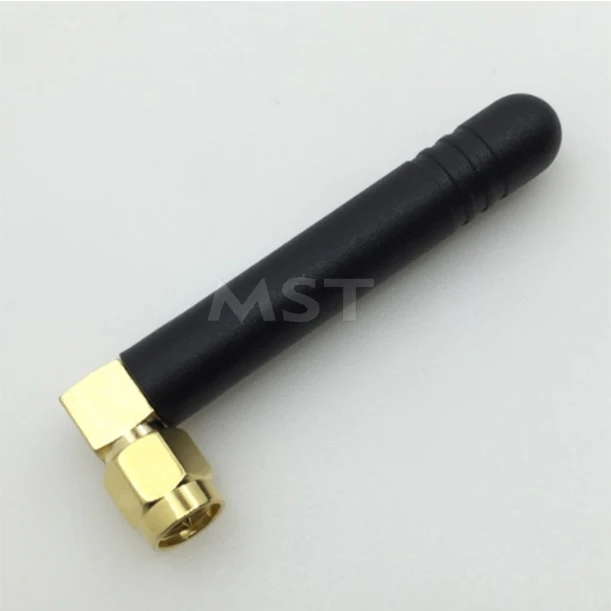

To successfully improve the wireless coverage outside, they are typically connected to a router, access point, or an outdoor access point. Outdoor Omni Antennas: Used to improve WiFi signal outdoors.Omni antennas can be found indoors and outdoors. In other words, the lightbulb's light won’t extend as far as it would with a directional antenna, but it can illuminate an entire room. Typically, an omnidirectional antenna’s range is much shorter than a directional antenna, but their coverage area is much larger. Such as the antennas in the Tenda RX9 Pro. When the lightbulb is on, it will evenly distribute light in every direction to illuminate an entire room.

Think of an omnidirectional antenna as an un-shaped incandescent lightbulb. Radiate a signal at a 360-degree angle to deliver the widest signal coverage. There are two main types of WiFi antennas – omnidirectional and directional. However, the transmitting antennas convert electrical signals into EM waves to transmit the information packets. The receiving antennas pick up on the EM waves containing packets of information and change them into electrical signals for the device to process.

Wireless networking devices, such as wireless routers, smartphones, laptops, tablets, and hotspots, have receiving and transmitting antennas. WiFi antennas convert the EM waves into electrical signals, and vice versa. These wireless signals are simply electromagnetic waves (EM waves) containing packets of information. Wireless devices use radio waves to wirelessly communicate with each other.
OMNI DIRECTIONAL WIFI ANTENNA BOOSTER FREE
Learn more or call us for a free consultation: 1-80 How Do WiFi Antennas Work? Take advantage of our system design and installation services.


 0 kommentar(er)
0 kommentar(er)
